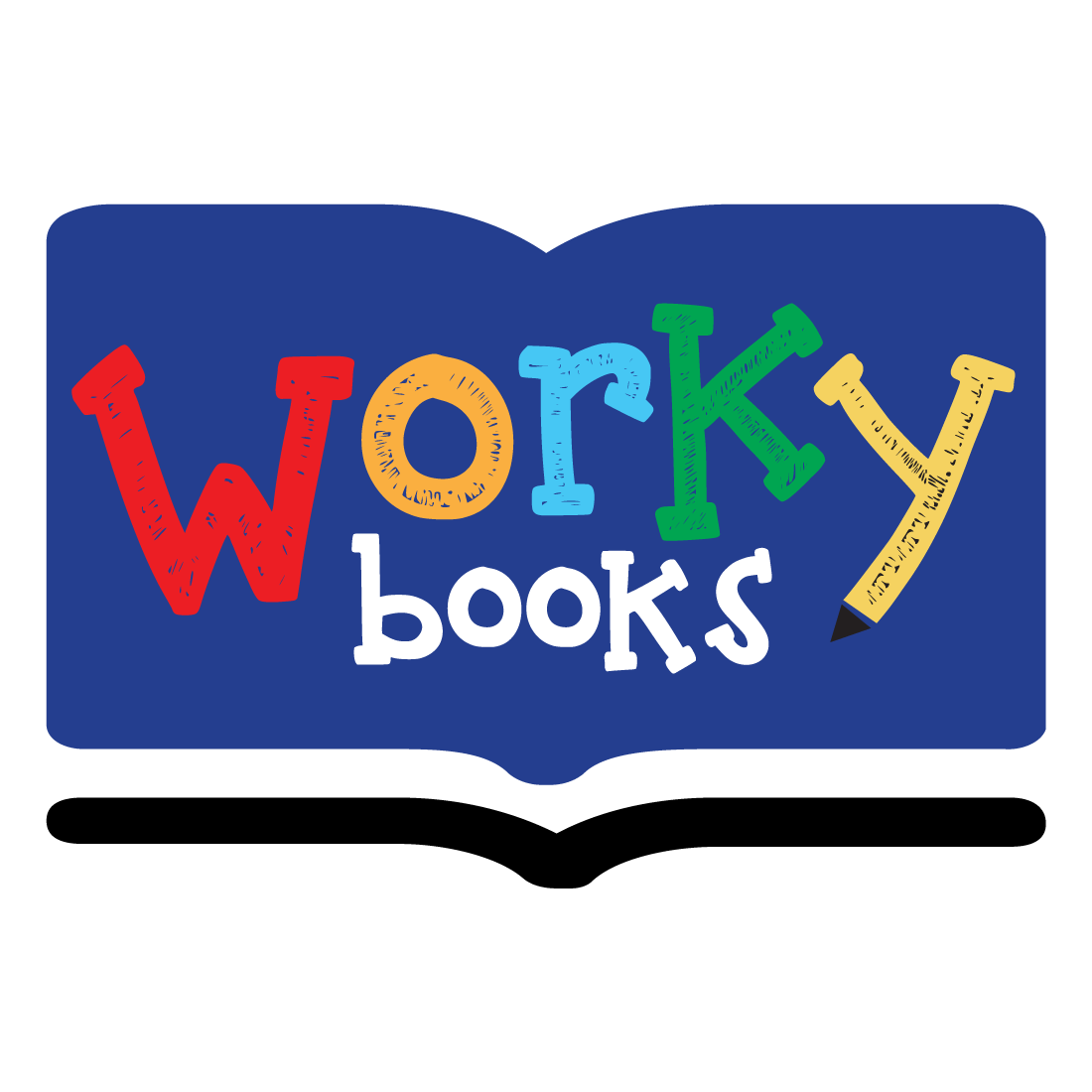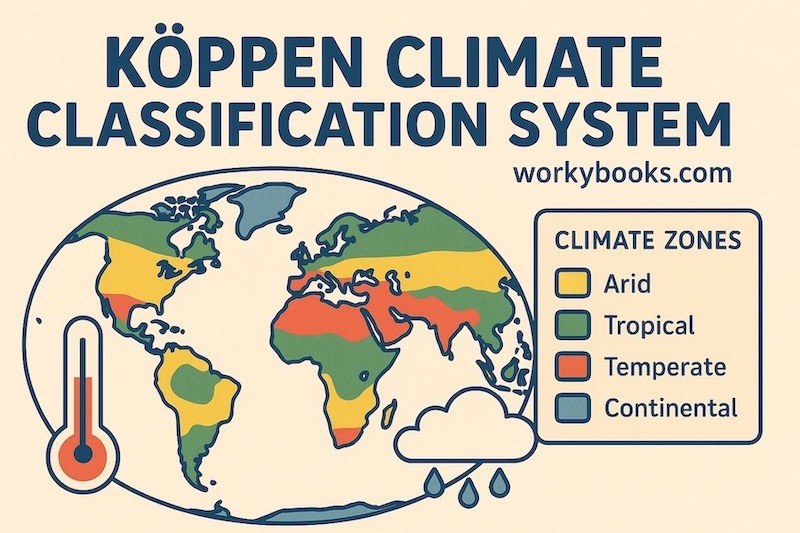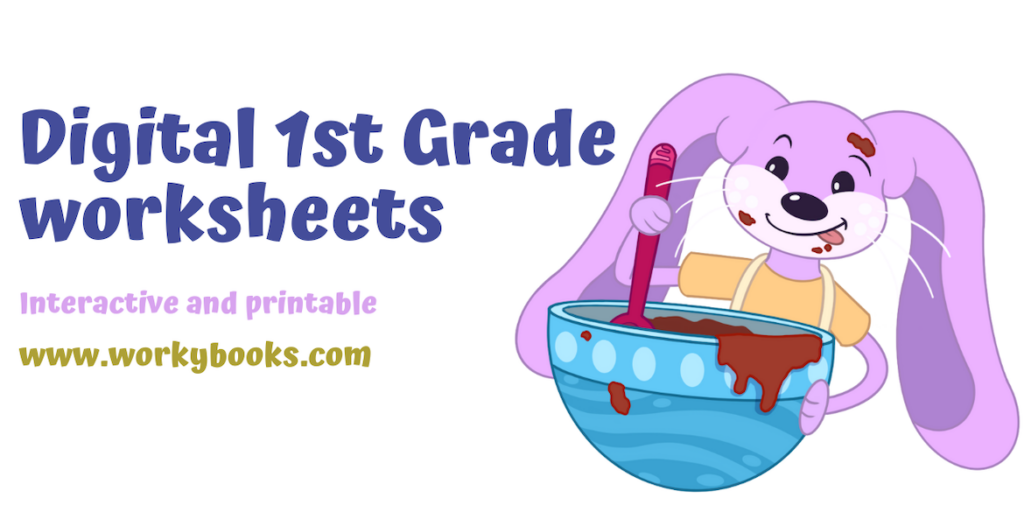5th Grade CCSS.ELA-LITERACY.RL.5.9 Worksheets
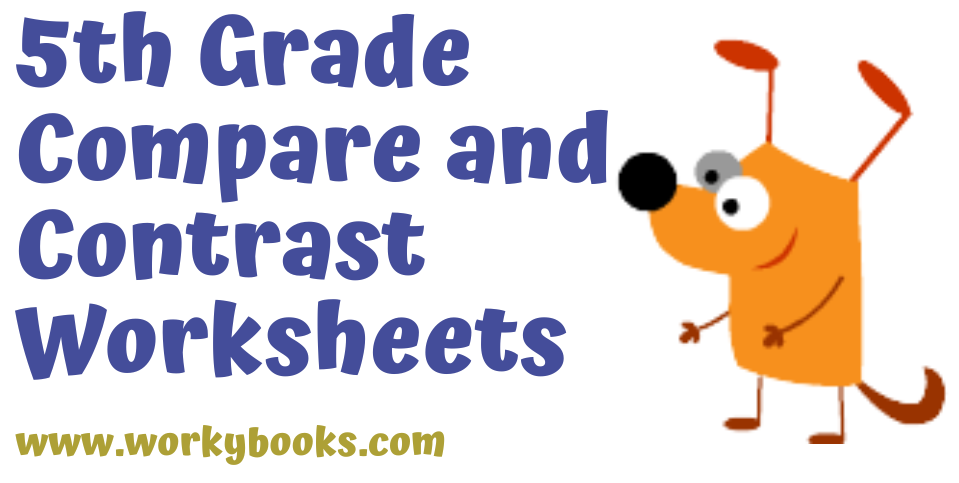
As a 5th-grade reading teacher, helping students master comparing and contrasting stories is crucial for developing their analytical and critical thinking skills. Today, I want to share three effective CCSS.ELA-LITERACY.RL.5.9 worksheets that focus on teaching students how to compare and contrast stories in the same genre, examining their themes, settings, and character development.
How to compare and contrast two stories:
When teaching students how to compare and contrast skills effectively, it’s essential to provide a structured approach using CCSS.ELA-LITERACY.RL.5.9 worksheets. Here’s a comprehensive guide to help students master this skill:
Step 1: Story elements analysis
Have students identify key elements in each story using structured worksheets:
- Main characters and their traits
- Setting details (time, place, atmosphere)
- Plot points and major events
- Theme or central message
- Author’s writing style
Step 2: Direct comparison strategies
Using side-by-side analysis:
- Create a Venn diagram section for:
- Unique elements of Story 1
- Shared elements
- Unique elements of Story 2
- Focus on specific aspects:
- Character responses to challenges
- Setting influence on events
- Theme development
- Genre-specific elements
Step 3: Guided questions for deep analysis
Use these types of questions for CCSS.ELA-LITERACY.RL.5.9 worksheets:
Theme Comparison:
- How do both stories explore similar themes?
- What different approaches do authors use?
- How does the ending reinforce the theme?
Character Analysis:
- How do main characters respond to conflicts?
- What motivates characters in each story?
- How do characters change throughout the story?
Setting Impact:
- How does the setting influence events?
- What role does time period play?
- How does culture affect the story?
Step 4: Evidence collection
Teach students to:
- Highlight relevant text passages
- Note specific examples
- Quote directly from the text
- Explain connections between stories
Step 5: Organization techniques
Use structured formats:
- T-Charts
- Comparison tables
- Double-bubble maps
- Sequential comparison charts
CCSS.ELA-LITERACY.RL.5.9 Worksheets from Workybooks library
Let’s explore three distinct examples that showcase various aspects of compare and contrast skills from Workybooks library. These teaching resource aligns with Common Core Standard CCSS.ELA-LITERACY.RL.5.9, which requires students to compare and contrast stories in the same genre on their approaches to similar themes and topics.
These worksheets will help you:
- Compare how different authors tell stories about similar topics
- Understand how settings and culture influence stories
- Analyze how characters respond to challenges
- Identify themes and important messages
- Recognize genre characteristics
Worksheet 1: Comparing “The Bicycle Man” and “Number the Stars” Theme: Historical fiction exploring wartime courage and friendship Skills: Analyzing how settings influence plot, comparing character responses to conflict, and identifying thematic connections.
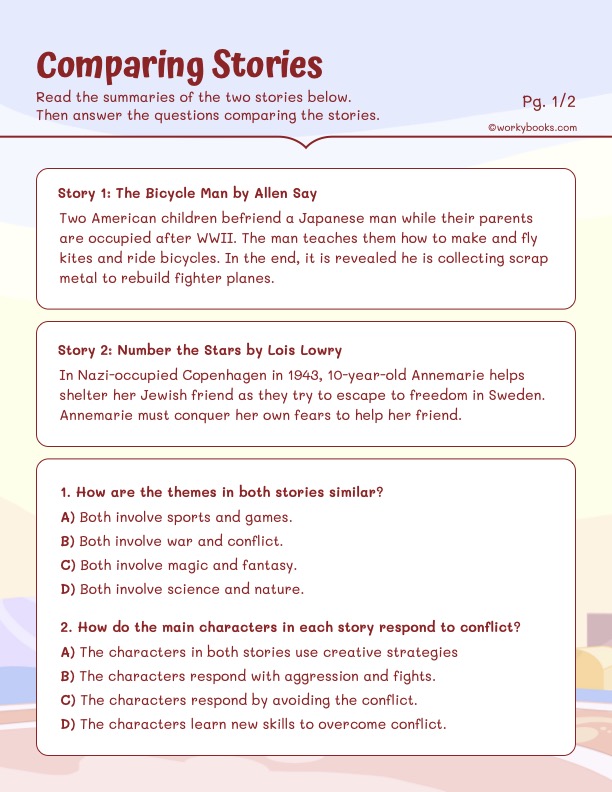
Worksheet 2: Comparing “The Rough-Face Girl” and “Lon Po Po” Theme: Cultural folktales from different traditions Skills: Examining how cultural settings shape stories, comparing character motivations, and recognizing universal themes
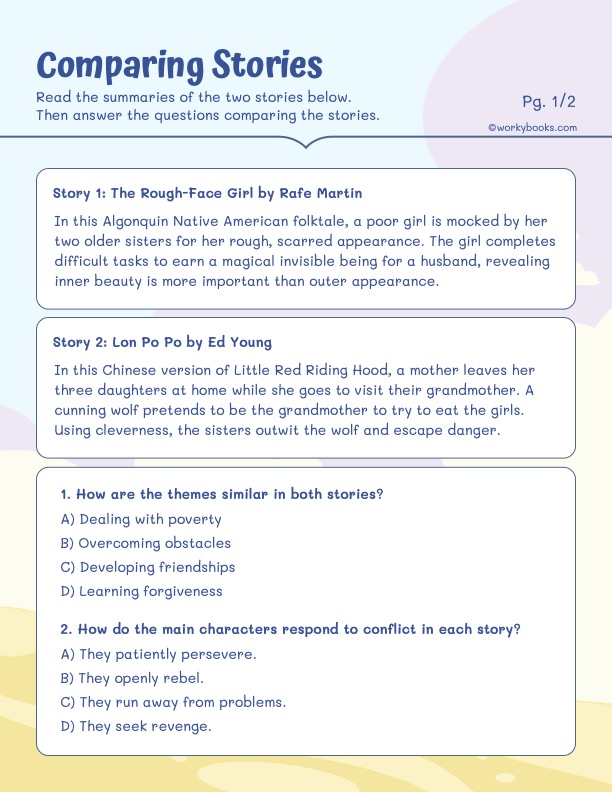
Worksheet 3: Comparing “Tales of a Fourth Grade Nothing” and “Ramona the Pest” Theme: Realistic fiction about childhood experiences Skills: Analyzing character development, comparing approaches to similar themes, and understanding genre characteristics.
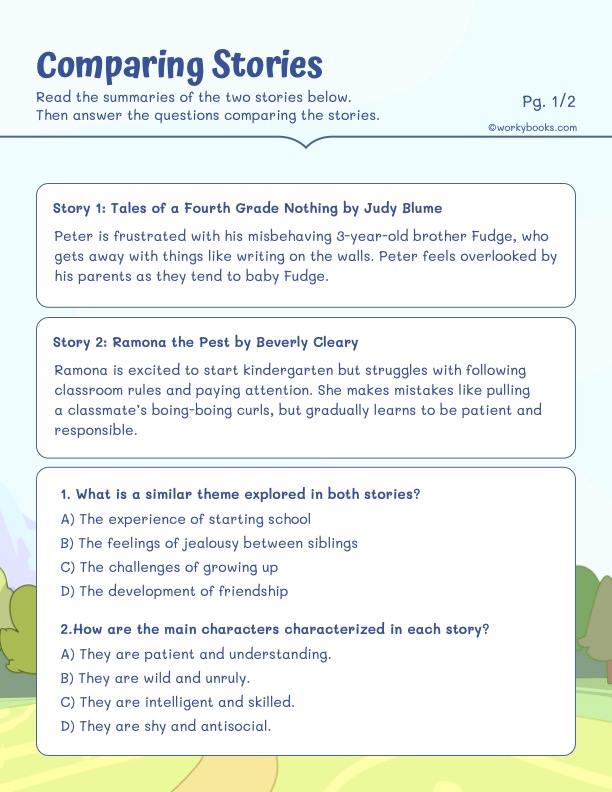
Each worksheet follows a consistent format with:
Progressive skill development
Clear story summaries
Focused comparison questions
Multiple choice answers
These resources align with common core state standard CCSS.ELA-LITERACY.RL.5.9, which requires students to compare and contrast stories in the same genre on their approaches to similar themes and topics. Teachers can use these worksheets for guided practice, independent work, or assessment purposes.
